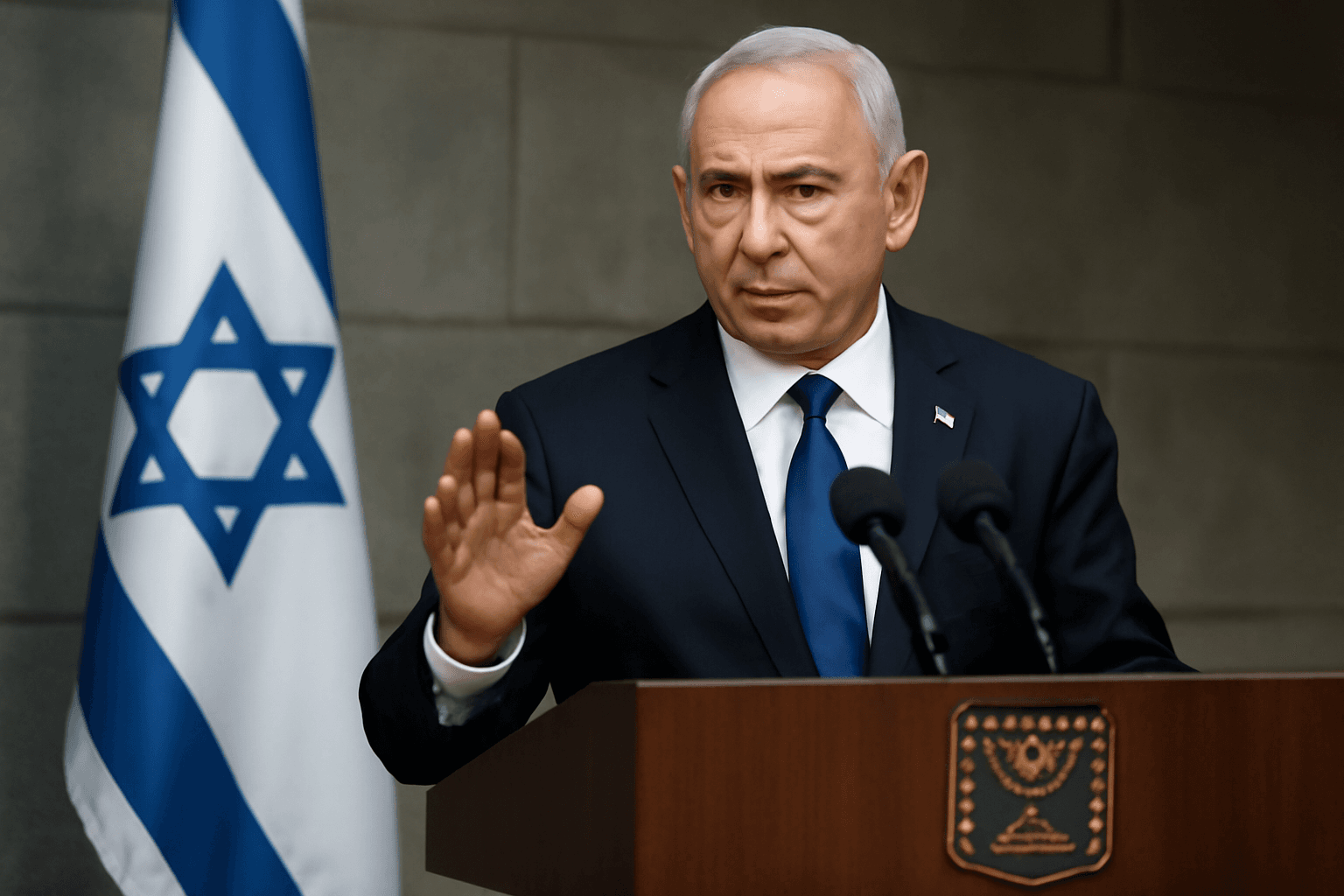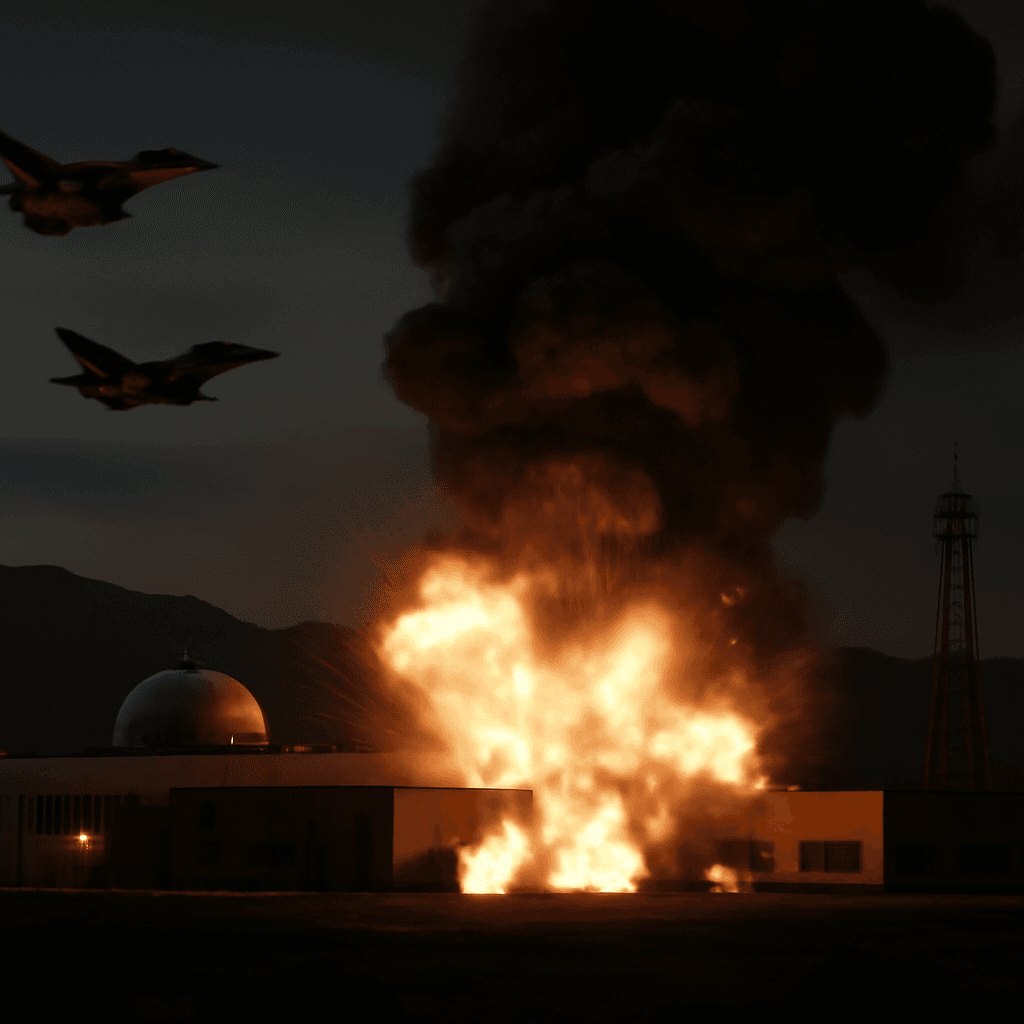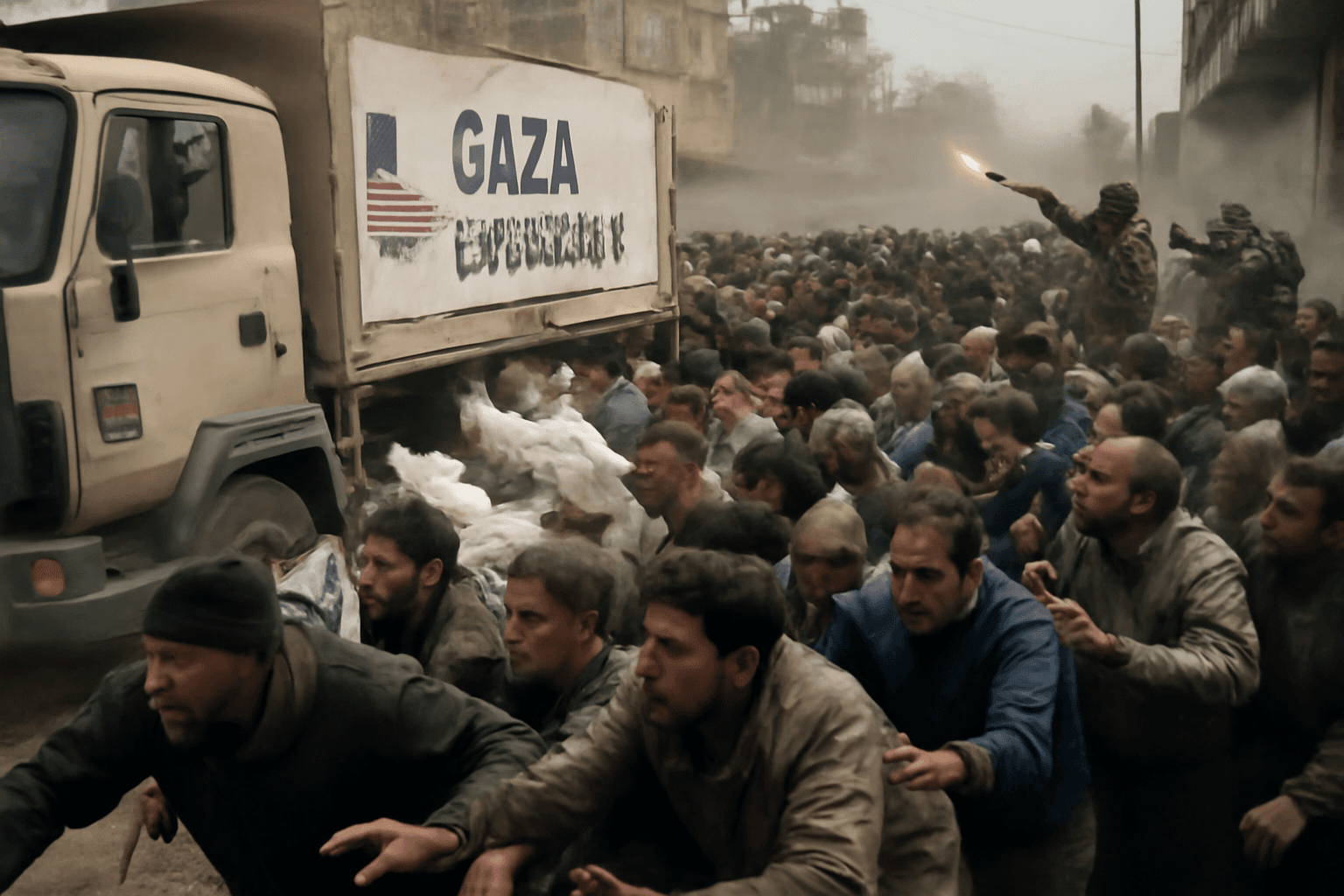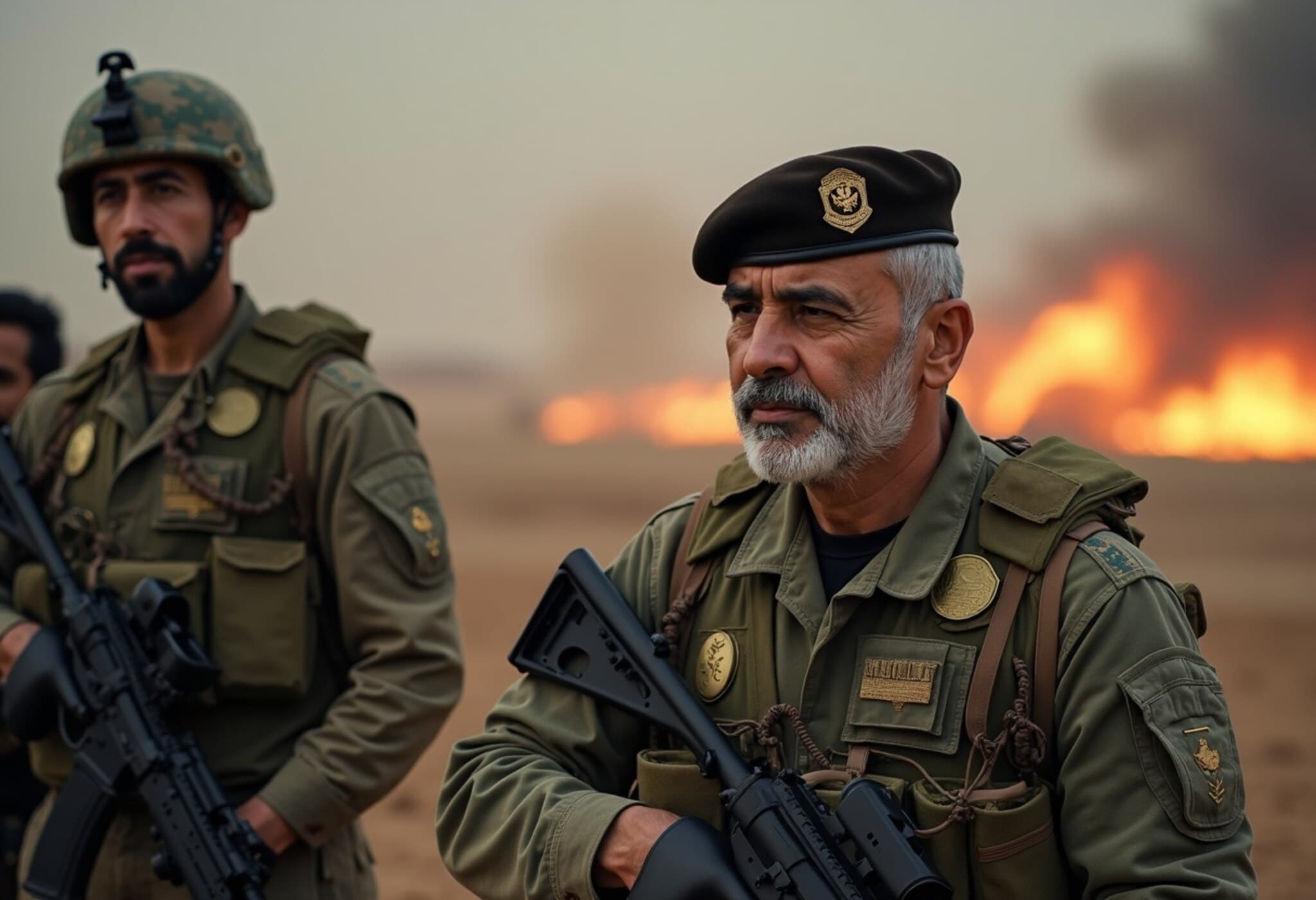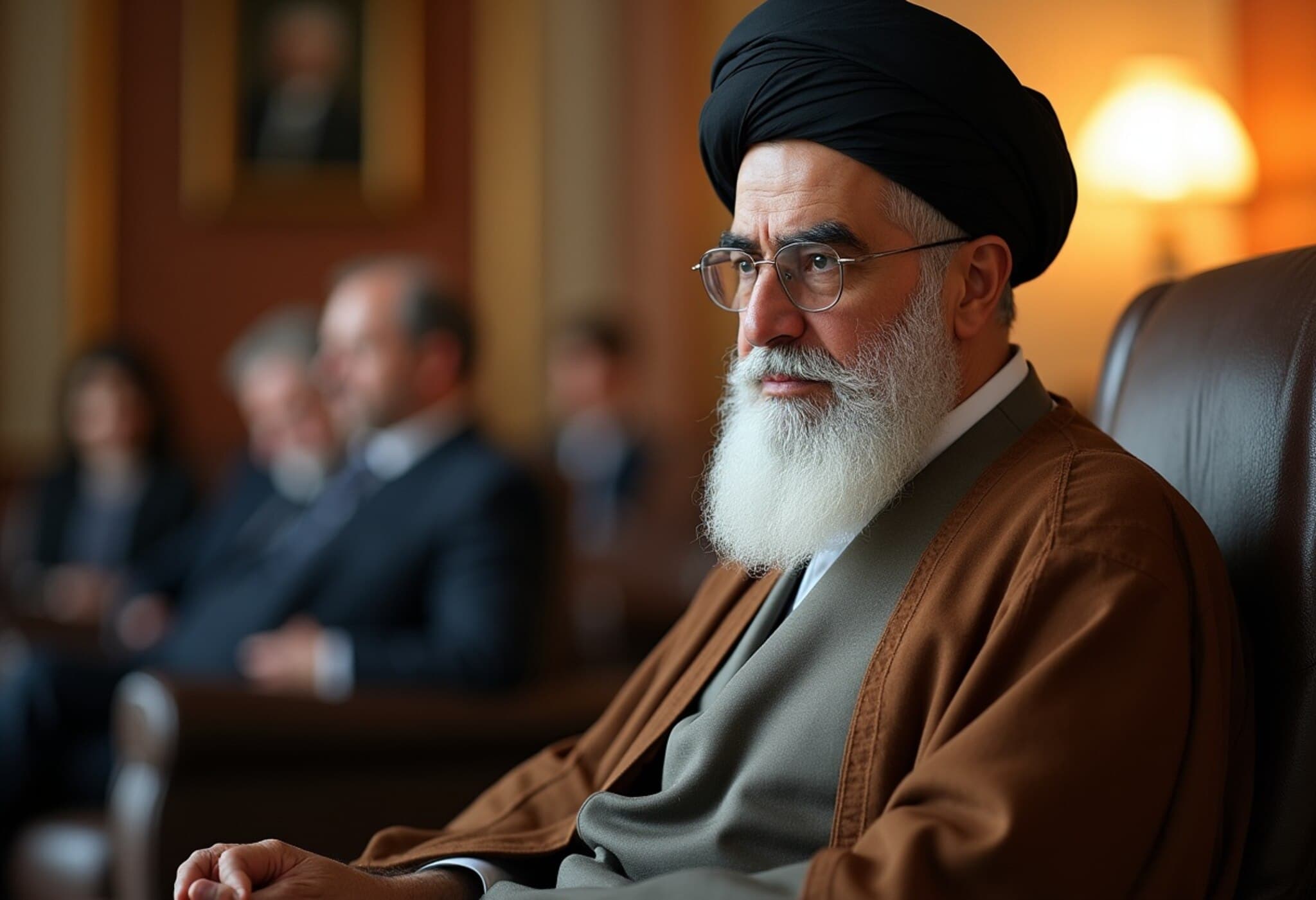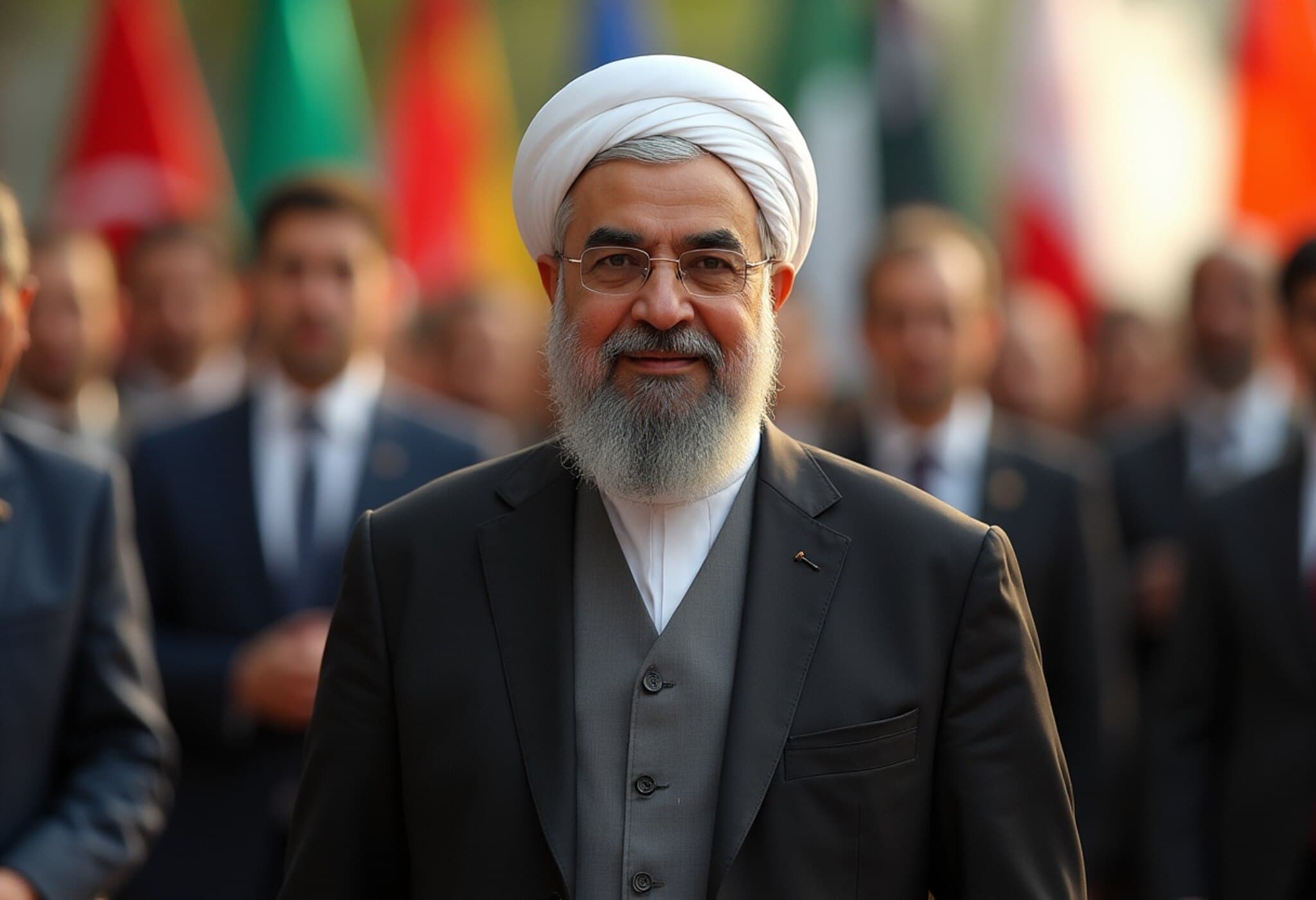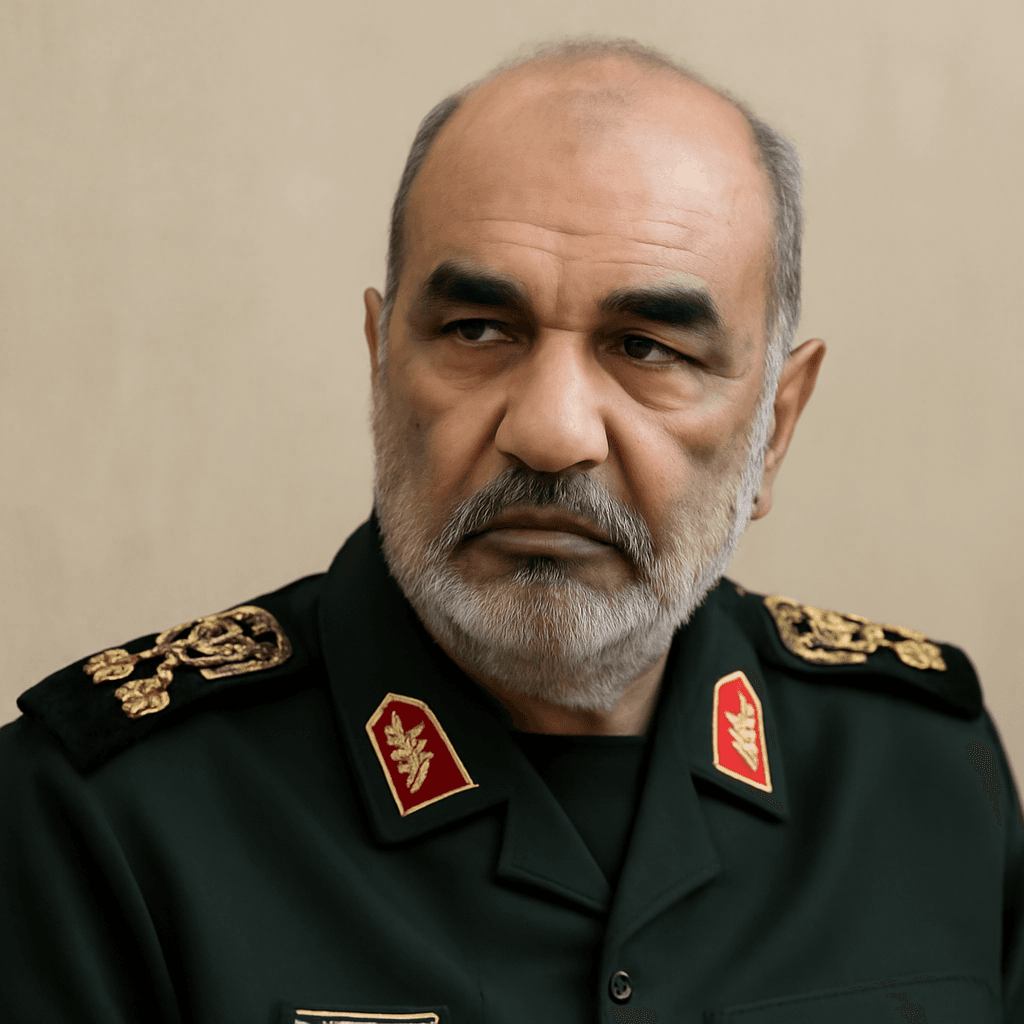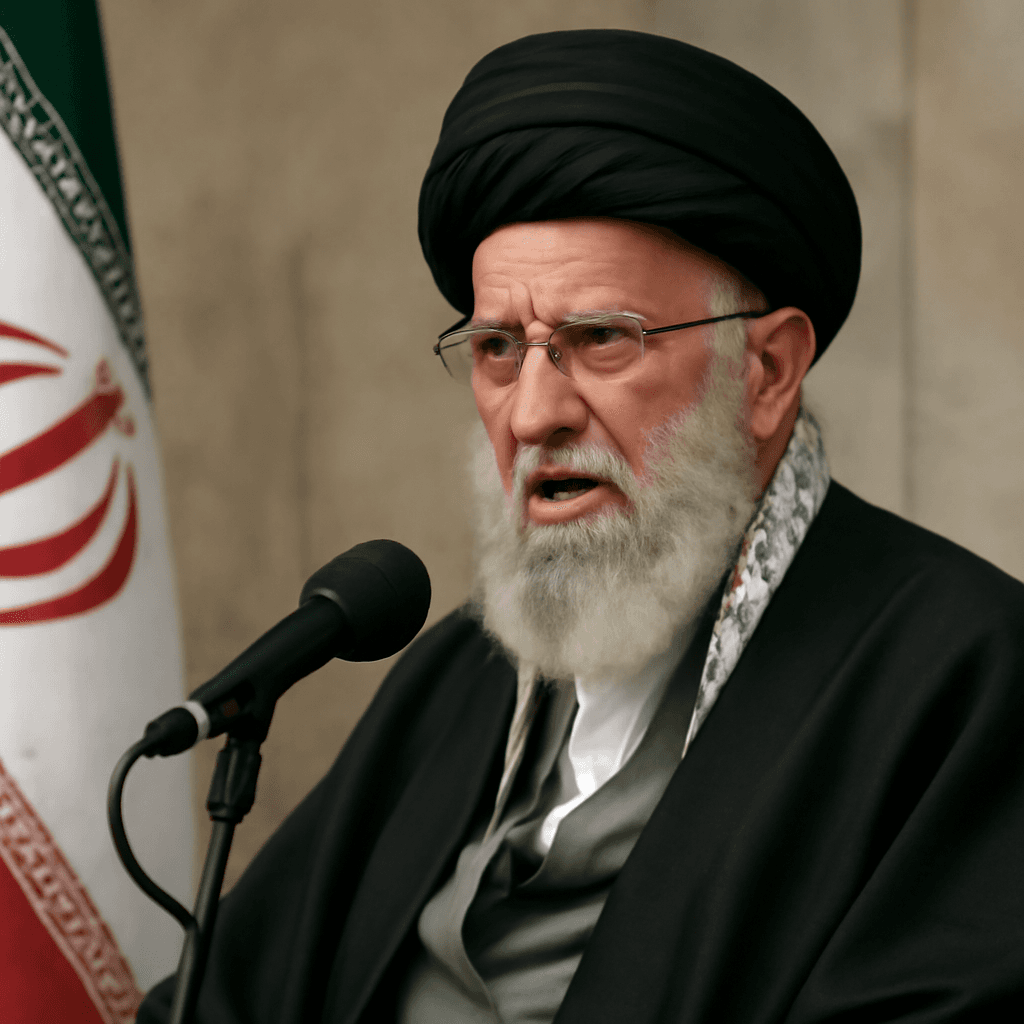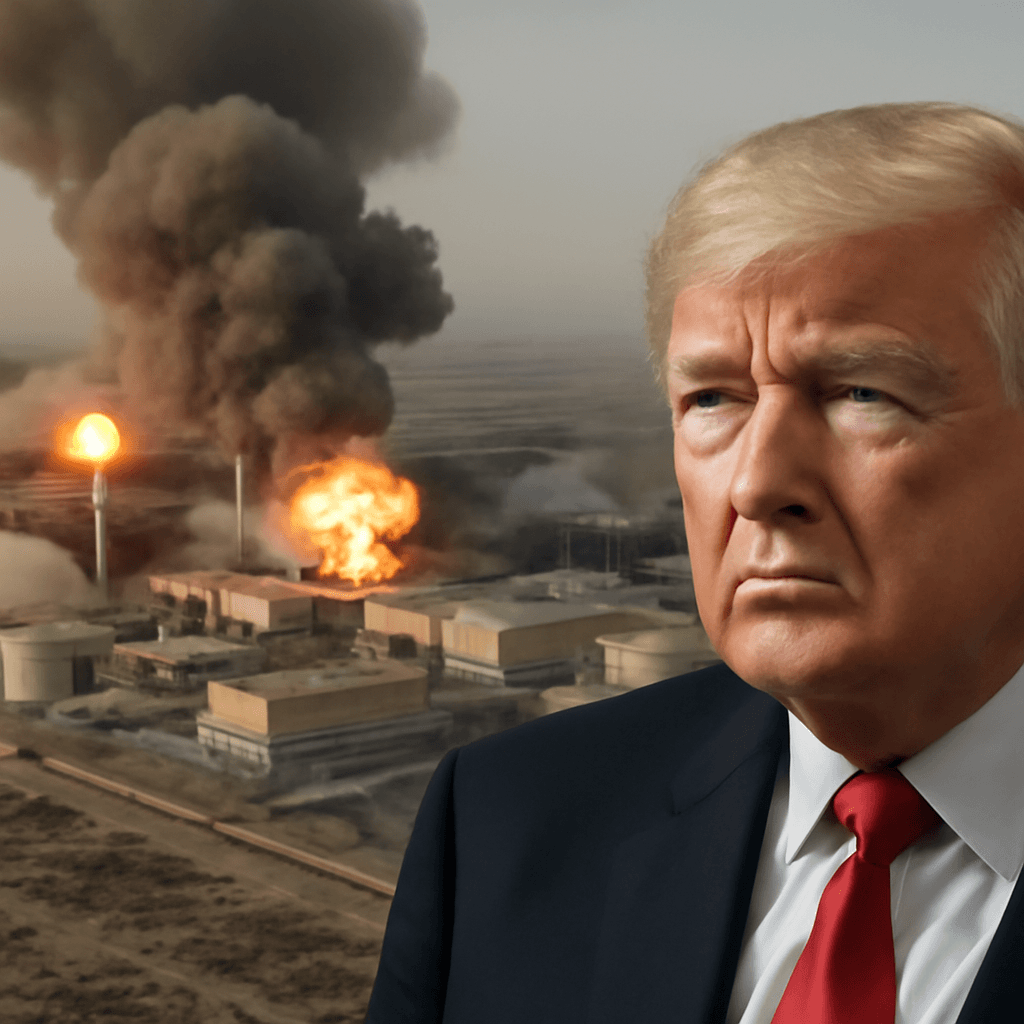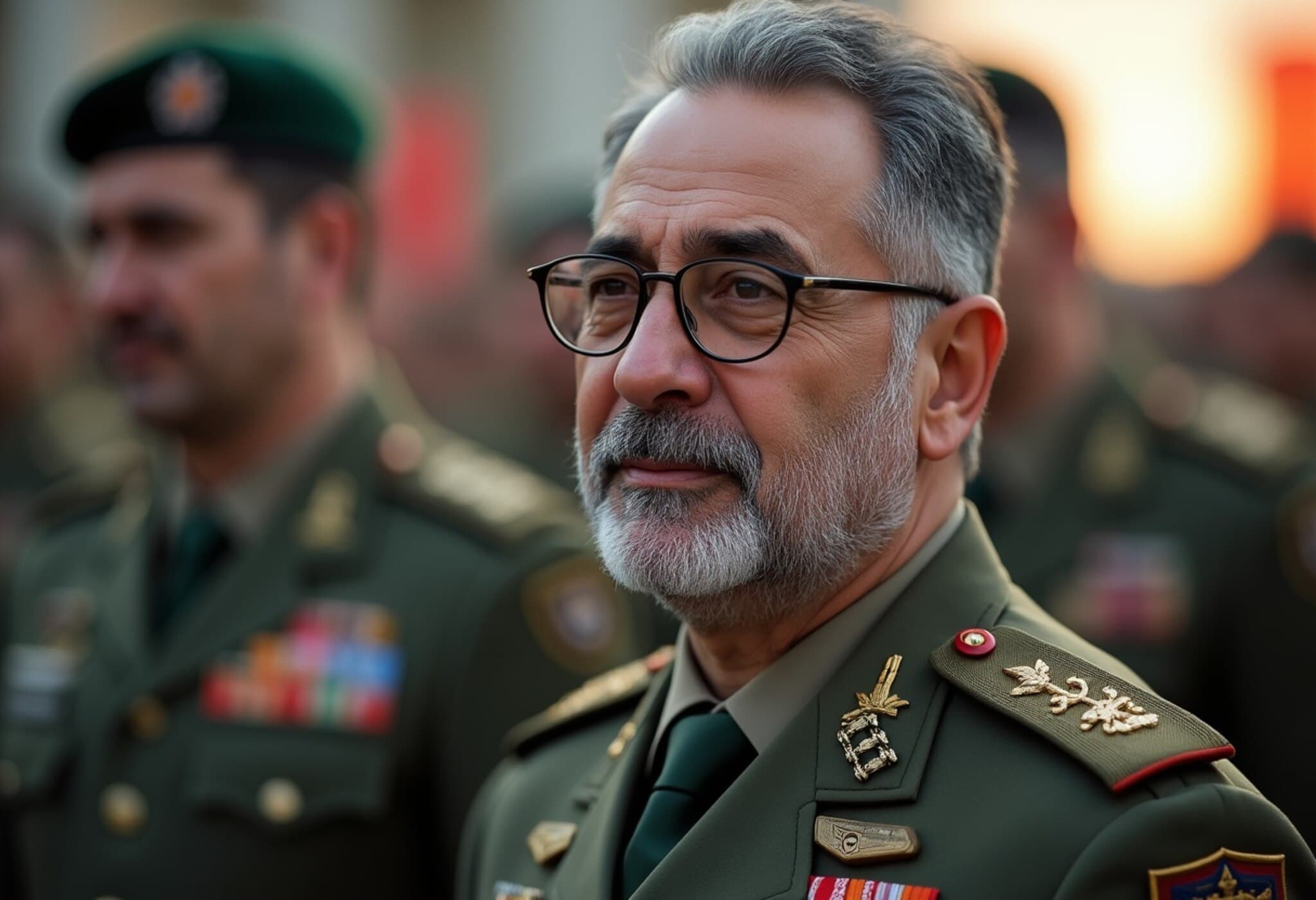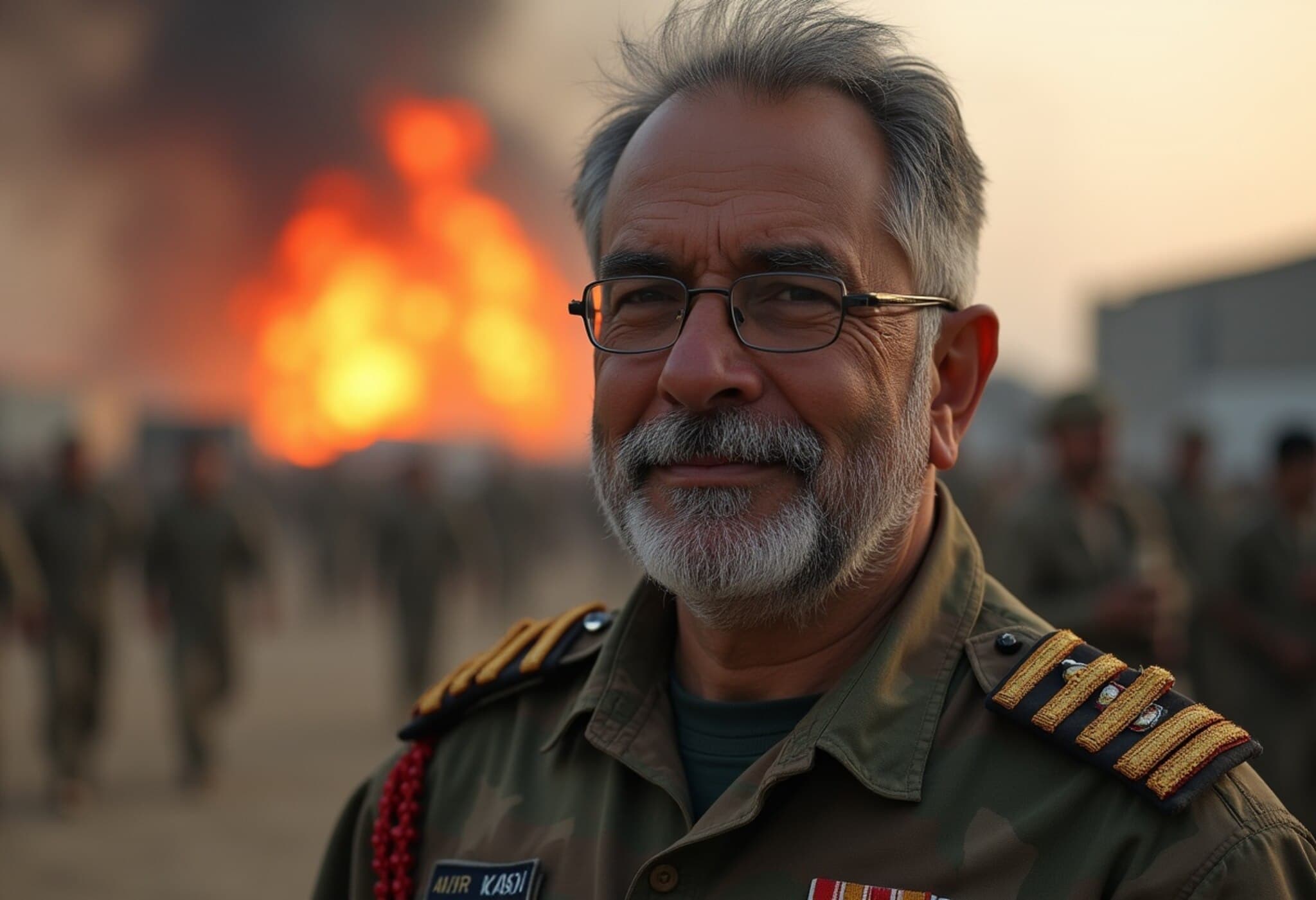Iran’s Military Command Faces Unprecedented Blow
In a dramatic and unsettling development, Iran’s Supreme Leader, Ayatollah Ali Khamenei, is confronting the collapse of the military framework he spent decades constructing. Recent Israeli airstrikes have eliminated more than 20 key senior commanders within Iran's Islamic Revolutionary Guard Corps (IRGC), delivering a severe blow to the country’s military leadership and shaking the very foundations of Khamenei’s authority.
Decapitation of Iran's Military Elite
The strikes, launched on June 13, targeted critical defense installations and nuclear sites in Tehran and its surroundings, profoundly disrupting Iran’s strategic command. Among the most consequential losses are:
- Hossein Salami – IRGC Commander-in-Chief
- Mohammad Bagheri – Armed Forces Chief of Staff
- Amir Ali Hajizadeh – Aerospace Chief, responsible for missile programs
- Mohammad Kazemi and Hassan Mohaqeq – Intelligence heads
- Ali Shadmani – Commander of Khatam-al-Anbiya headquarters, killed shortly after appointment
- Davoud Sheikhian – IRGC air defense chief
- Gholam Ali Rashid – Strategic commander of IRGC war HQ
The sheer scale of these losses has stunned Tehran's political and military circles, leaving a gaping leadership void and raising questions about Iran’s ability to maintain its current military posture.
Casualties and Controversies
Initial reports suggested that Ali Shamkhani, a senior advisor to Khamenei, died when his residence was hit, but Iranian officials later clarified he survived, though seriously wounded and currently hospitalized. His condition has since stabilized.
Khamenei's Increasing Isolation and Reliance on Family
Known for his cautious leadership over the past 36 years, Ayatollah Khamenei traditionally surrounds himself with a trusted group of commanders, clerics, and senior politicians. Now, insiders reveal that amid this crisis, he is becoming more isolated than ever, relying heavily on his son, Mojtaba Khamenei, who is reportedly stepping up in political and security affairs management — a shift marking a generational transfer of power within Iran’s elite.
The Diminishing “Axis of Resistance”
The effects of this military decimation are reverberating beyond Iran’s borders. The once formidable regional alliance known as the “Axis of Resistance”, championed by Khamenei, is showing cracks. Lebanese Hezbollah’s leader, Hassan Nasrallah, was killed by Israeli strikes last September, and Syria’s Bashar al-Assad was ousted in December, severing Iran’s influence in Damascus and undermining its regional reach.
Escalation and Retaliation
Following the strikes, Iran launched missile attacks on Israeli cities including Tel Aviv and Haifa, resulting in civilian casualties and mass evacuations. On the diplomatic and symbolic front, Khamenei issued a defiant statement, declaring, "In the name of God, the battle begins", warning of a harsh retaliation against what he called the "terrorist Zionist regime". These words signal a worsening conflict that may reshape Middle East geopolitics.
What Lies Ahead?
As Iran grapples with this leadership crisis, analysts caution that Khamenei’s response will be pivotal in shaping the Islamic Republic’s future. The loss of seasoned military commanders not only disrupts Iran’s operational capabilities but also forces a recalibration of its strategic alliances and internal power dynamics. The coming weeks will be critical in understanding how Tehran navigates these unprecedented setbacks.


